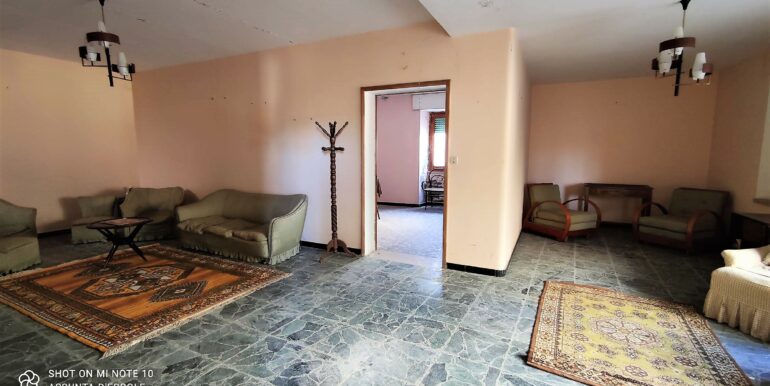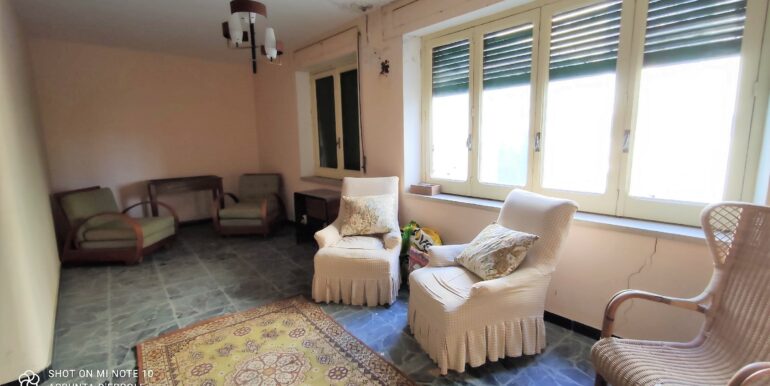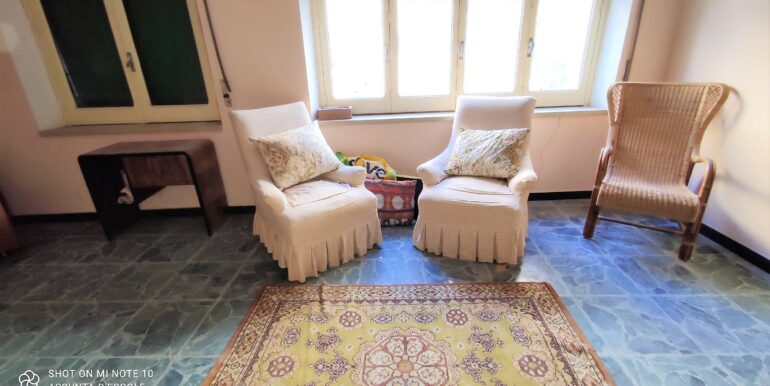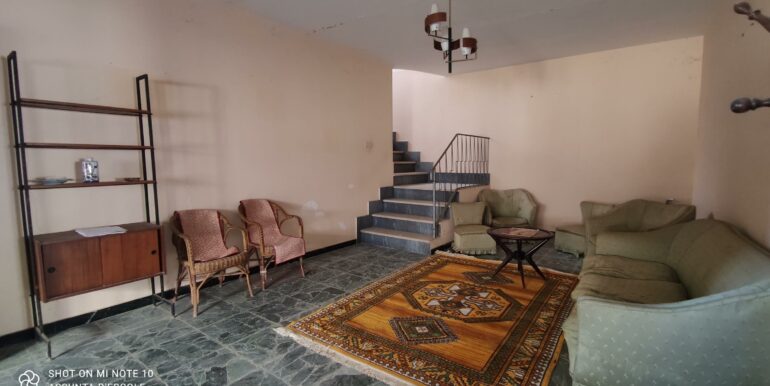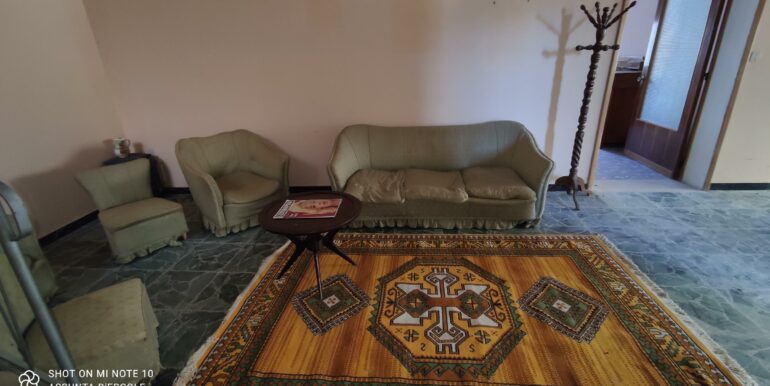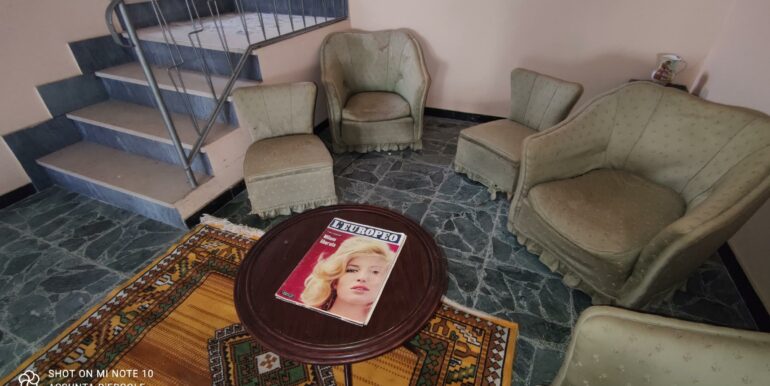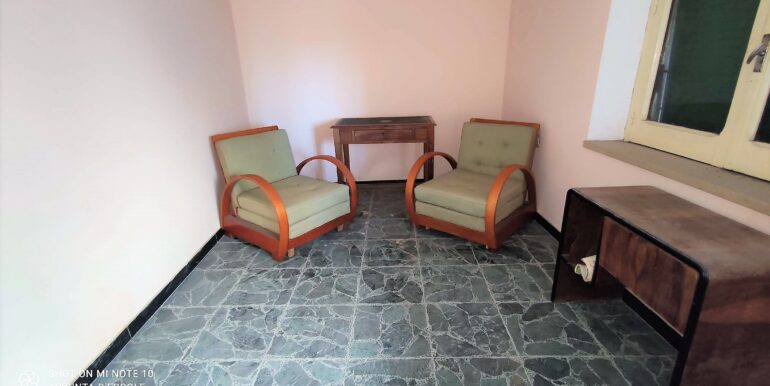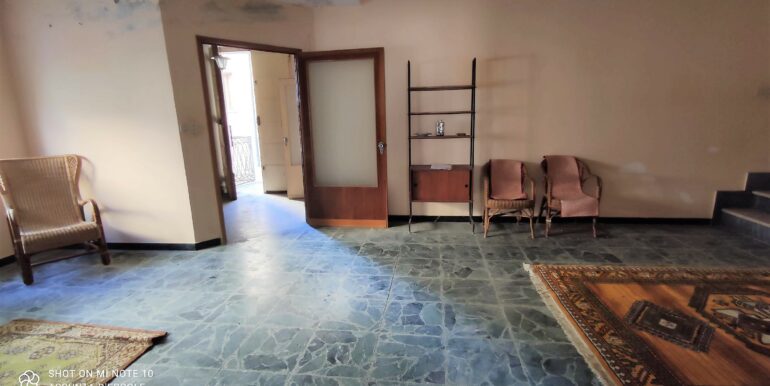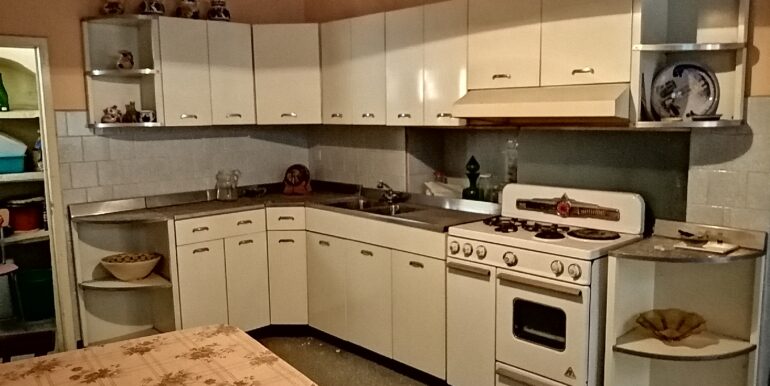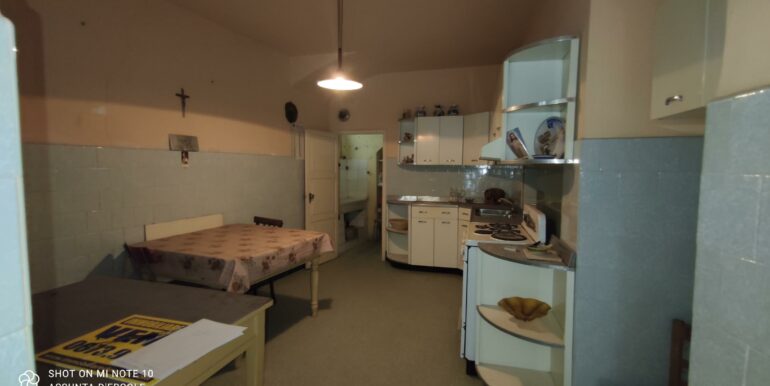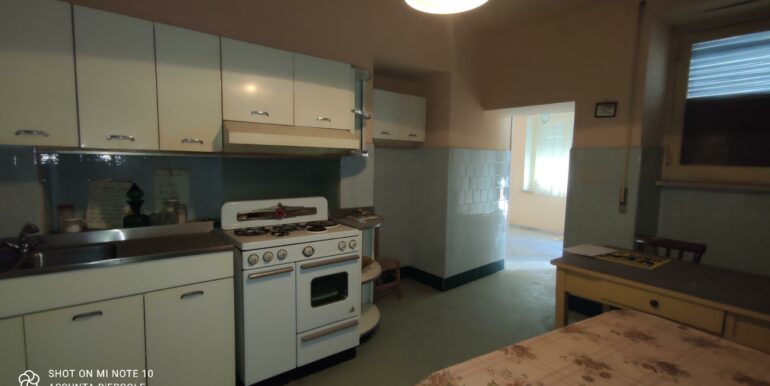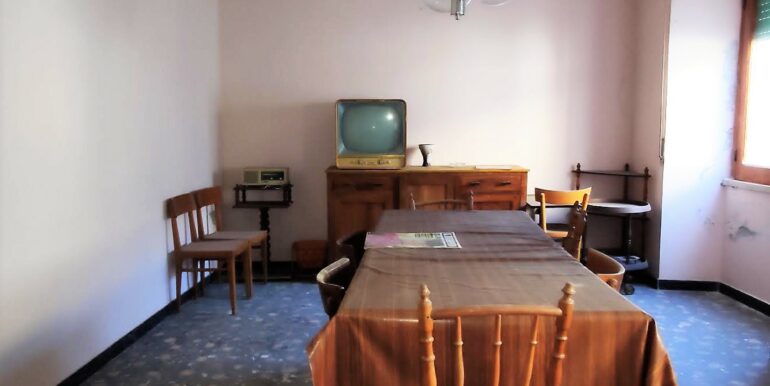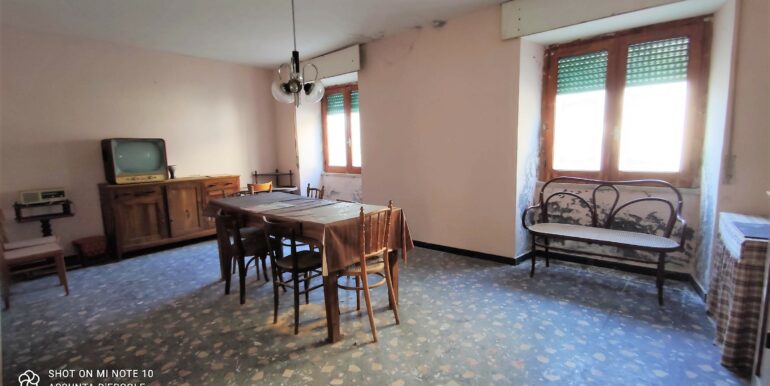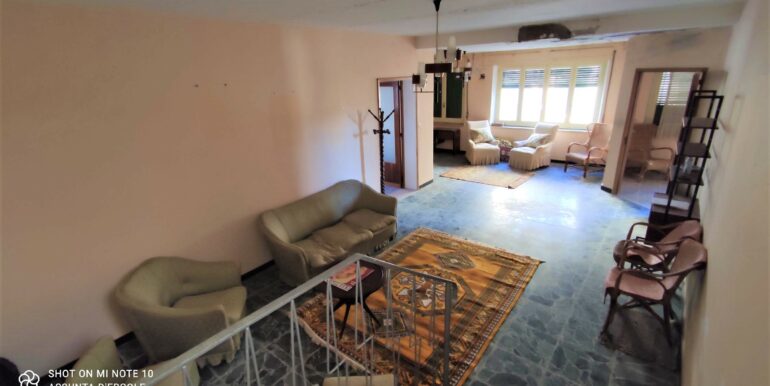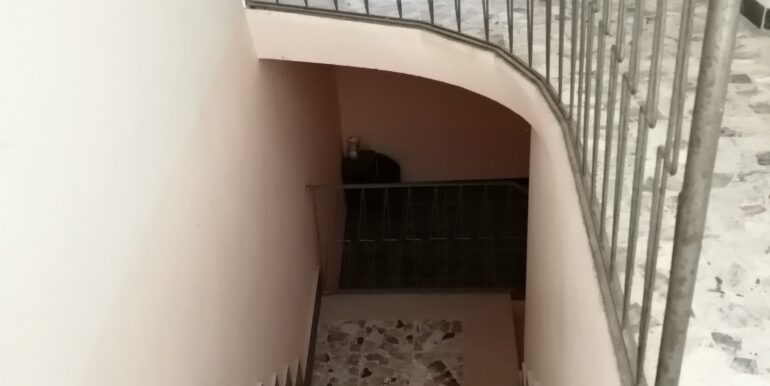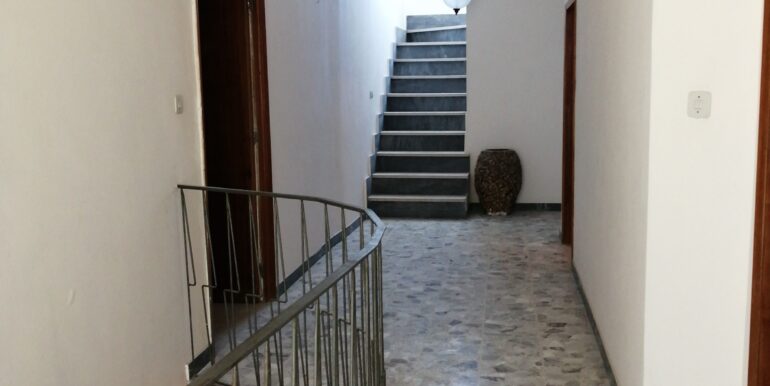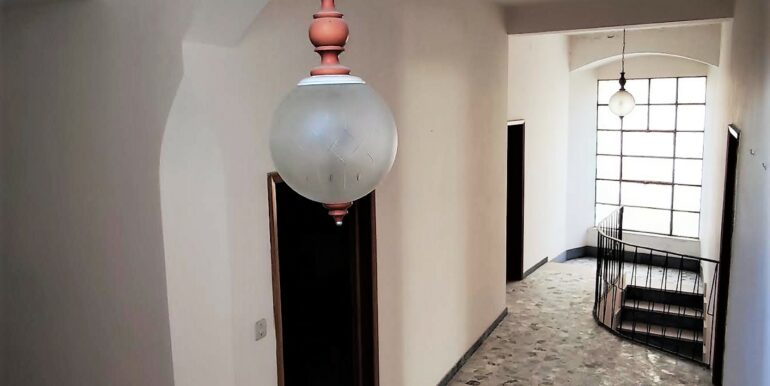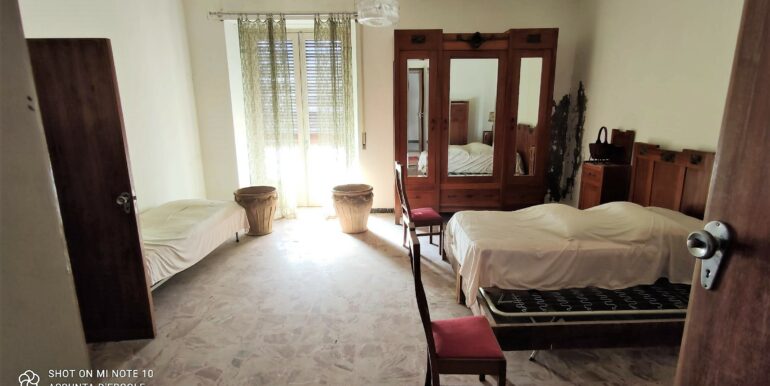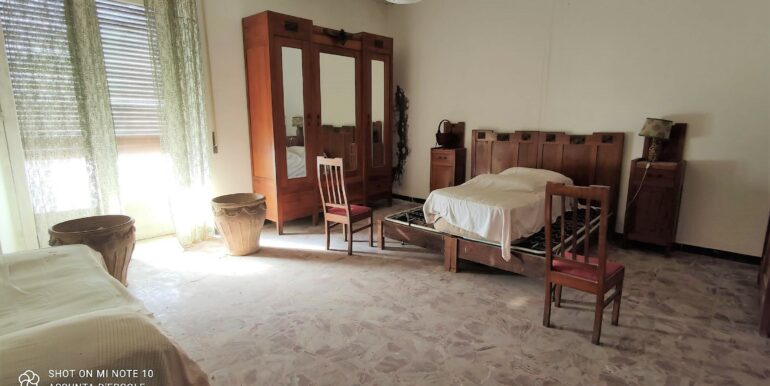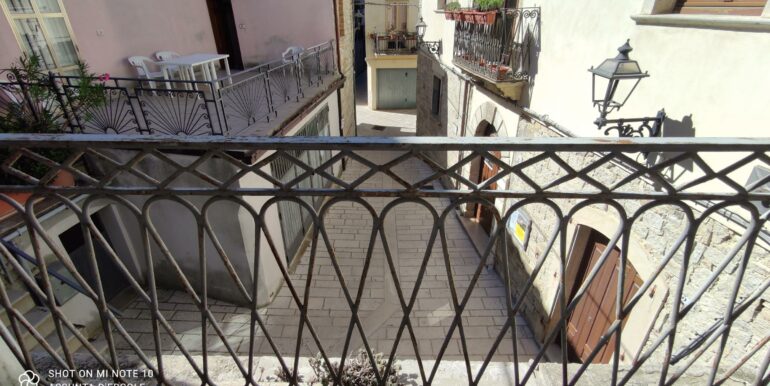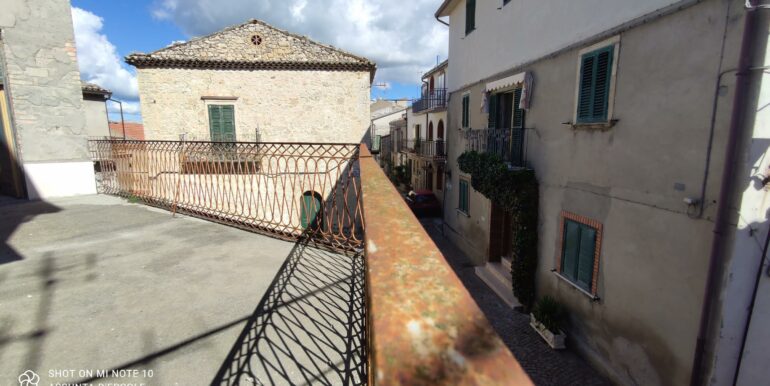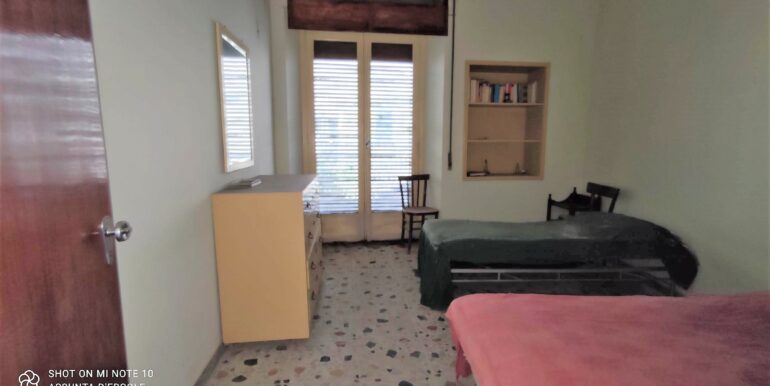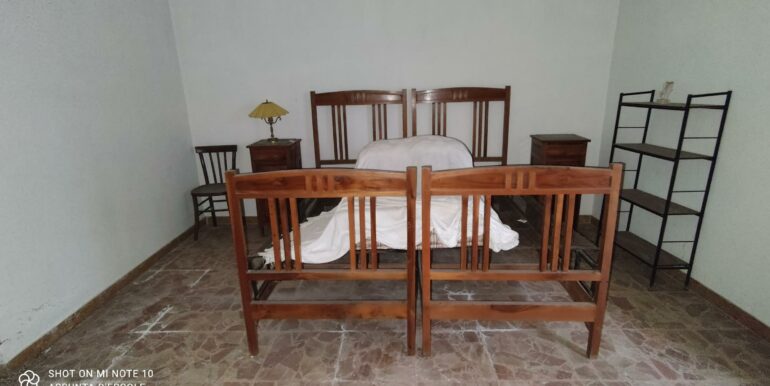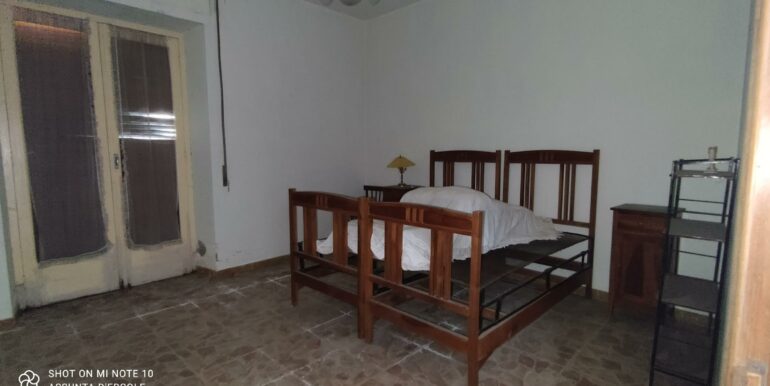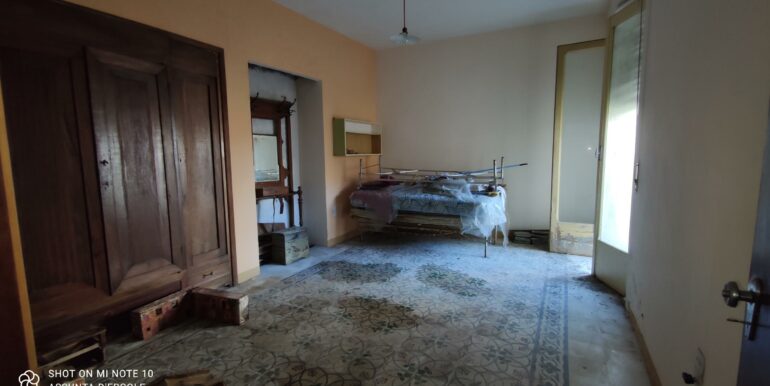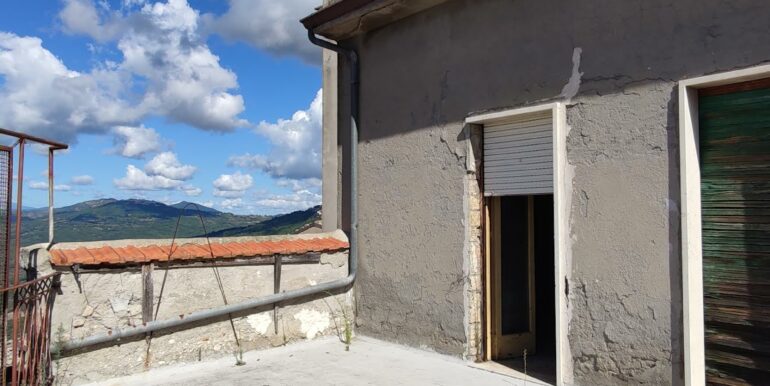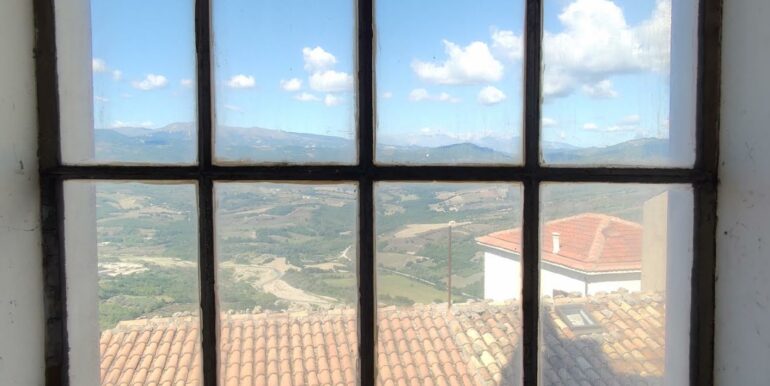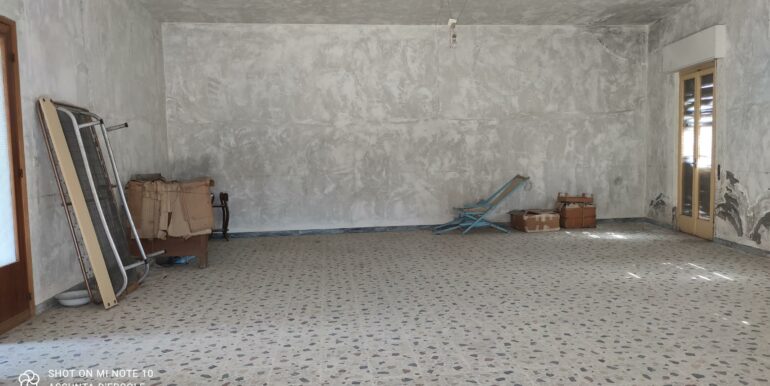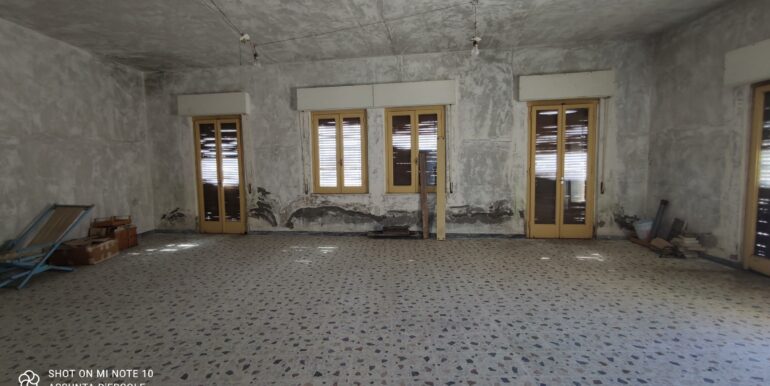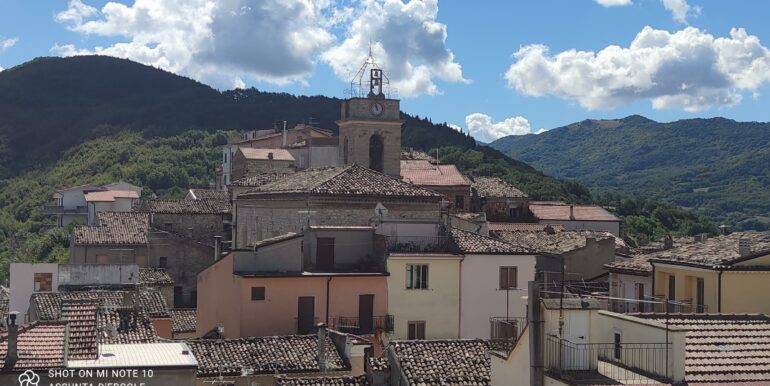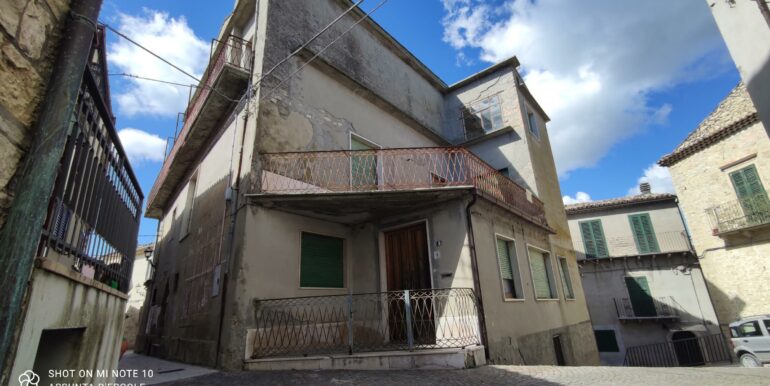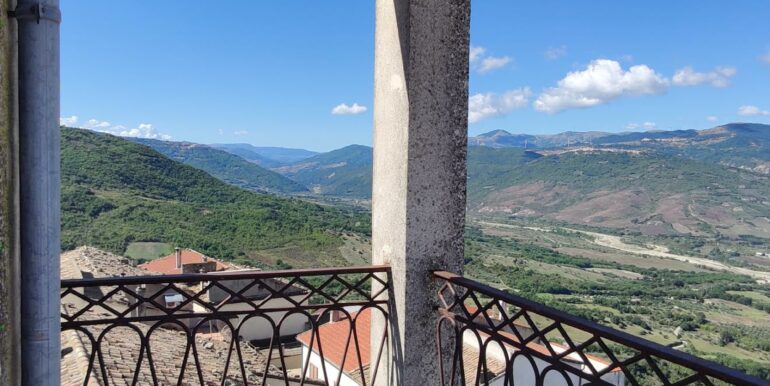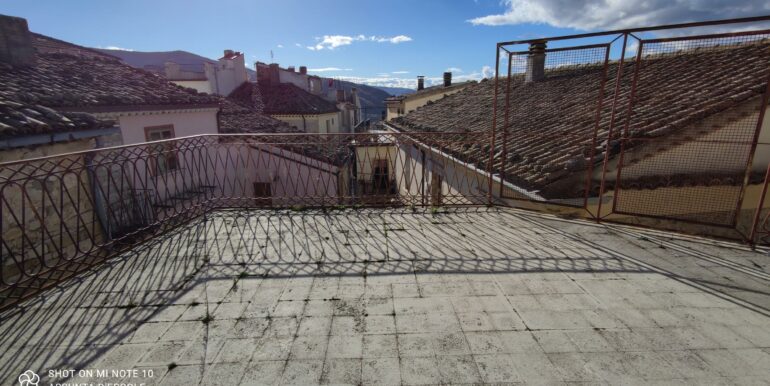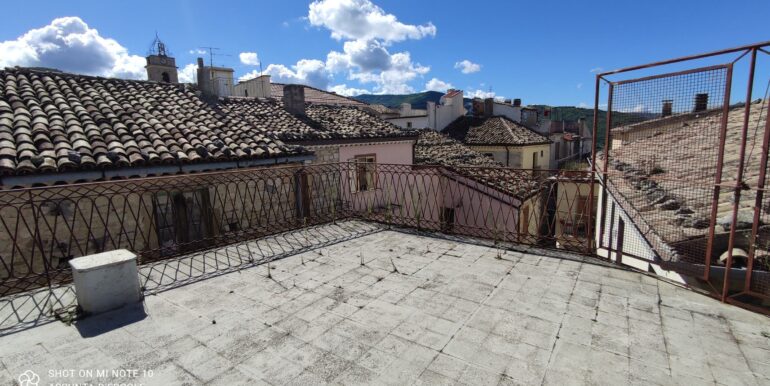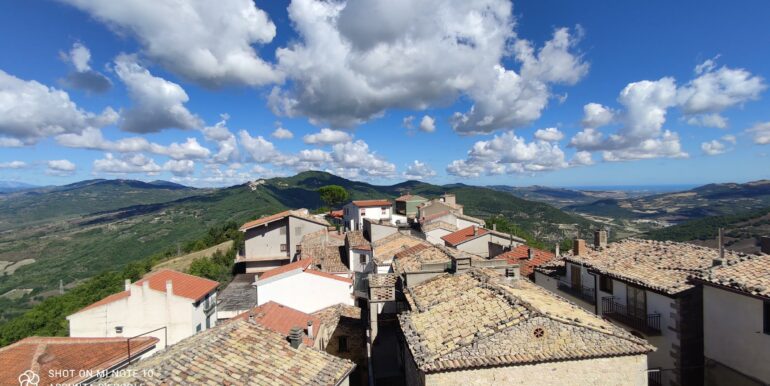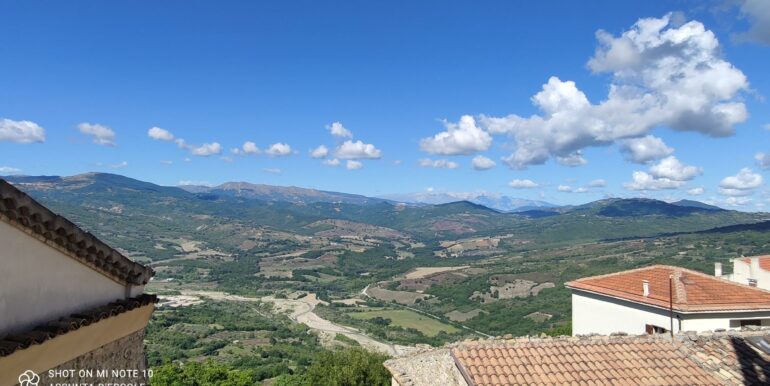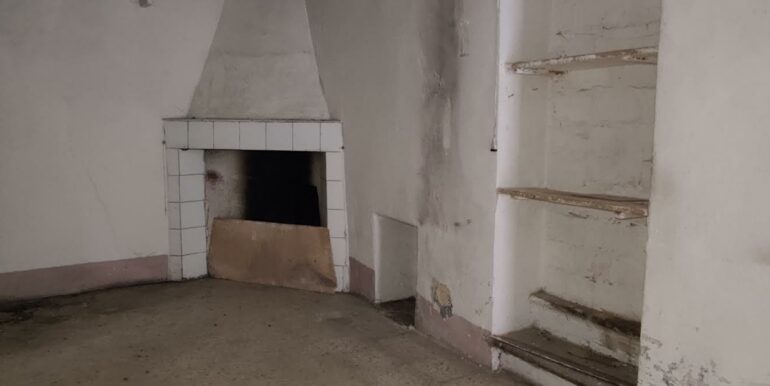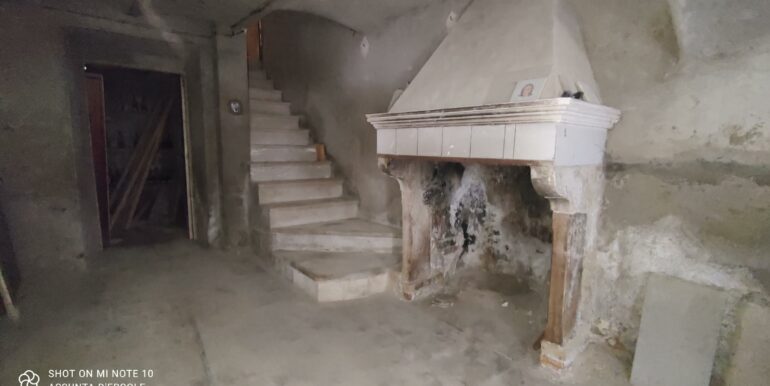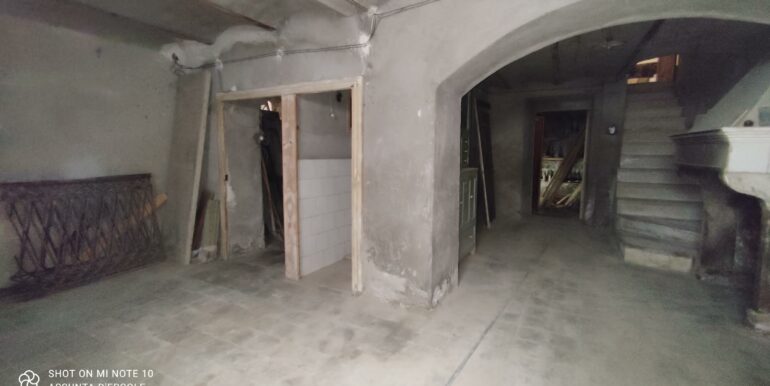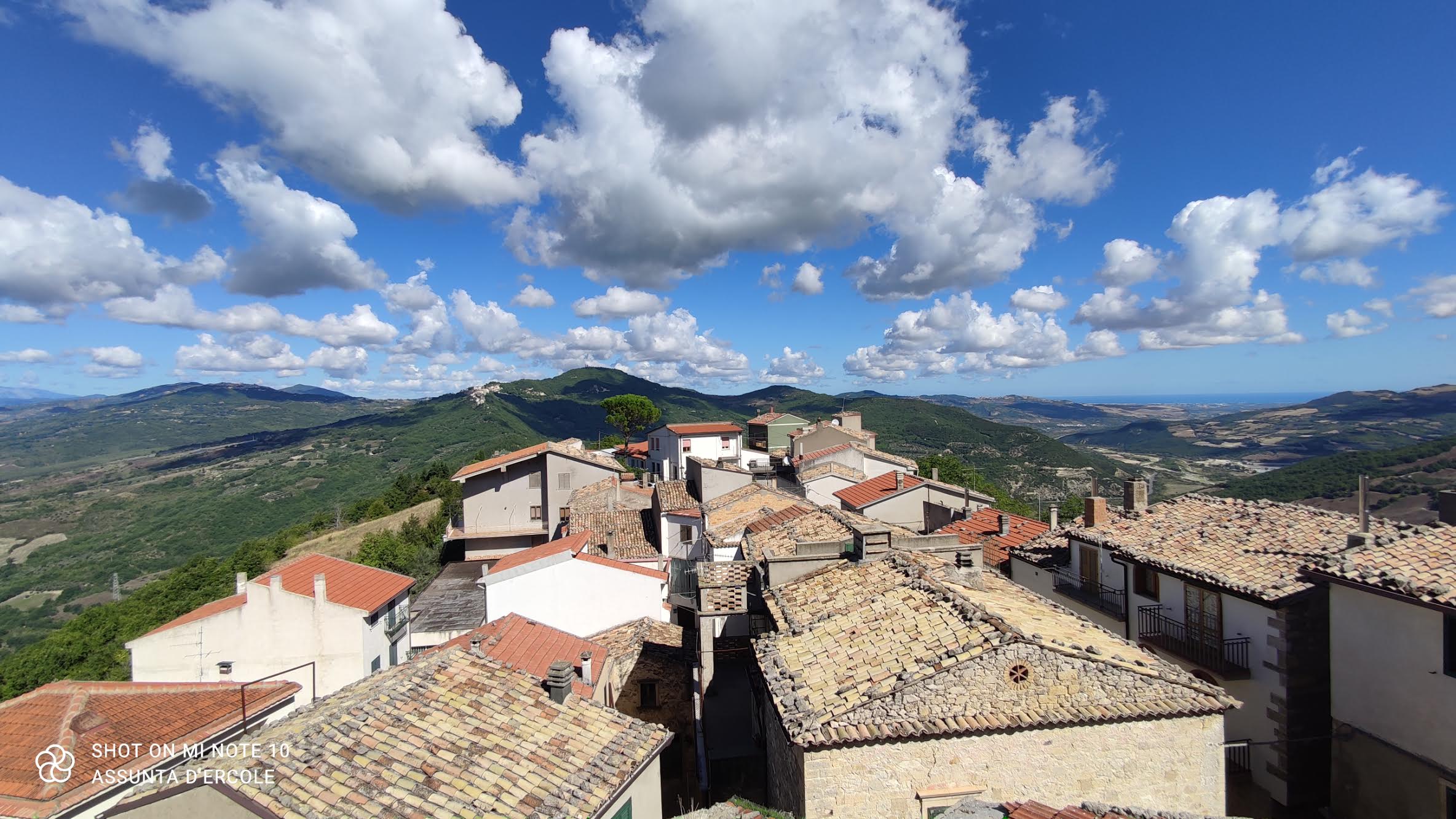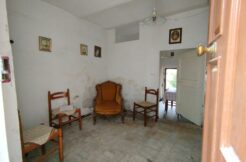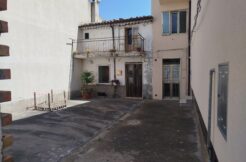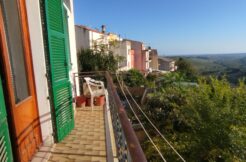Property ID : 1334
Sale €60.000,00 - Casa Antica, House with Terrace,it, Village house, Casa in centro storico, Garage
Nel centro del paese è in vendita un vasto edificio costituito da 13 Rooms distributed on three floors: the ground floor, to the left of the entrance hall, there is the eat-in kitchen, equipped with a fireplace and an accessory compartment (service back kitchen); the living room and the dining room. On the first floor there is a large double bedroom with an exclusive bathroom and overlooking its own covered balcony; vi sono poi 3 bedrooms that overlook a different terrace; and a full bathroom. On the second floor there is a very large living room overlooking the panoramic terrace and a room for study use. On the third floor there is a terrace with a spectacular sea view and an exclusive "belvedere" tower located on the top of the building from which you can enjoy a panoramic view 360 degrees over the entire surrounding valley.
The building is characterized by large and bright windows; from balconies, da terrazzi panoramici utilizzabili anche come solarium per la cura elioterapica naturale, e inoltre 2 practicable attics in the attic. In the basement they are located: a large garage, adatto per accogliere 3 auto; a large basement; a toilet; a pantry/cellar and a room used as a woodshed. In these rooms there are electrical and water systems, and a washhouse; the rooms also lend themselves to the use of habitable "rumpus room" and have retained their original aesthetic and structural characteristics: a great way, large and powerful arches, ceilings made with so-called "Volterrana style" vaults and an entrance from the street with an original portal dating back to the 19th century. Considerata la rilevante superficie di mq 458, l’immobile può essere utilizzato come abitazione o Bed & Breakfast, Holiday Home, Protected residence for the elderly, or other.
Affiancato all’ingresso principale, trovi du stanze con ingresso indipendente che potrebbero essere utilizzate come secondo ingresso
Surfaces: cadastral surface dwelling 458 m, accessory compartment 16 m
Household utilities: water, energia elettrica, Connection to municipal sewer
Features: Panoramic balconies and terraces, ammobiliata, unique viewing turret
Distances: town center, from the Adriatic sea San Salvo 26 km, from ski resort 60 km, Pescara airport 100 km, Roma aeroporto 250 Km
MONTEMITRO
The town is located in the center of Molise a 500 m of altitude, along the Trigno river valley, and is only from the beaches of the Adriatic Sea 26 km, from ski resorts 60 km, from Pescara airport 100 km and from that of Rome 250 km.
Located in the province of Campobasso, Montemitro is a hilly town with a medieval structure, formerly inhabited by Croatian refugees from Dalmatia that, in the fifteenth century, they repopulated some areas of Molise.
The Croats who wanted to escape the Ottoman invasion were welcomed by the local rulers and by the Church since the fifteenth century to repopulate the lands of Molise devastated by earthquakes and epidemics. However, the existence of Montemitro is also documented in an earlier period: in fact the first historically verified news date back to 1024, when the Benedictines in their Chronicle of the Monastery of Casinensis they mentioned the Castle of Monte Metulo.
Then, subsequently, the place was identified as mountain mussels (1150-1278), Mons Miletus (1328) and Monte Mitulo, until, the Montemitolo or Montemitoli, the current denomination was derived: Montemitro.
The ancient Dalmatian language is still spoken in this country today, denominato "na-nez".
https://boowiki.info/art/les-municipalites-de-la-province-de-campobasso/montemitro.html
Monuments
- Parish church of Saint Lucia: it is located in the center of the village . The church has a beautiful Gothic side portal, from the mid-thirteenth century, pointed arch with acanthus leaf moldings. The church was built in the 18th century with donations from the local population. The church has a rectangular plan, the Gothic side portal is still old, the facade is very crushed by the presence of the bell tower, the small entrance portal is decorated with an undular molding, broken in the center. The interior with a single nave, decorated with neoclassical stuccoes, it has two side niches with statues of saints, at the main altar there are two other side niches, with the processional statue of the Saint and that of the Immaculate Conception, in addition, a painting of Saint Lucia is preserved at the main altar, inspired by the Neapolitan school of the Vaccaro.
- Chapel of Saint Lucia Virgin and Martyr: it is located in the south area approx 3 Km from the town, near a wood. The church built in the 1930s, by local inhabitants and neighboring villages, it is a pilgrimage destination on the first Sunday in albis. it is a very simple chapel with a hut layout, in stone not hewn, with sloping roof.
Economy
Crafts Among the more traditional activities are those handcrafted, which although not widespread as in the past have not completely disappeared, and are distinguished by the art of weaving by hand aimed at making blankets and rough cloths.
Source Wikipedia

